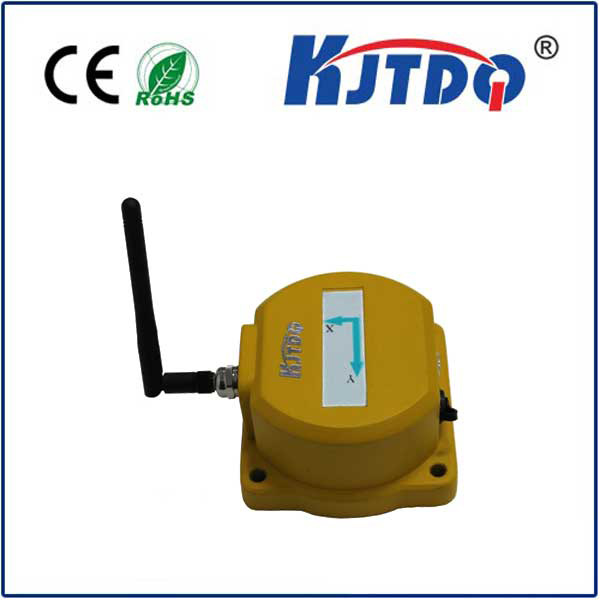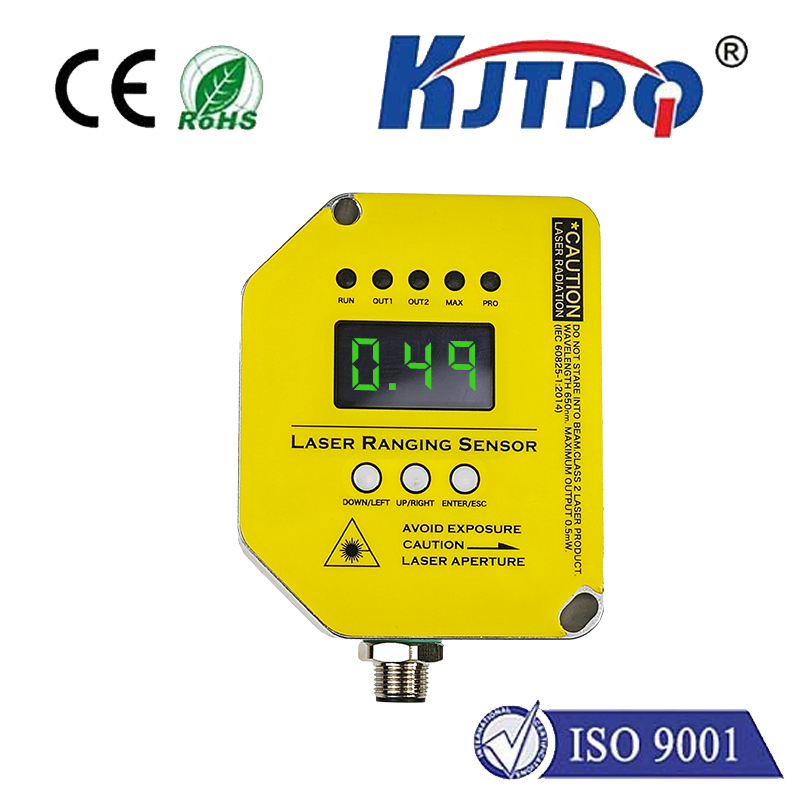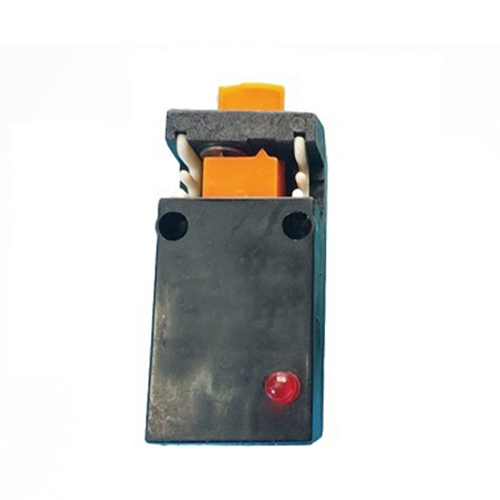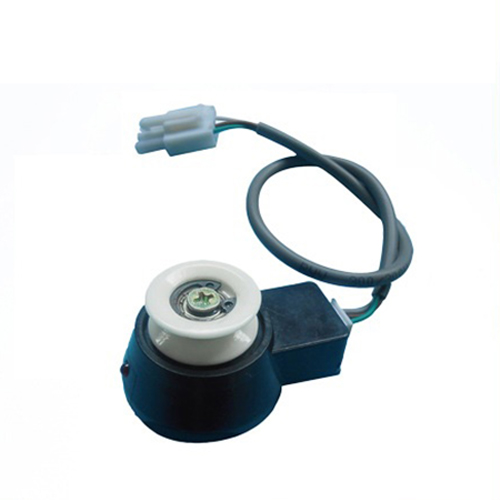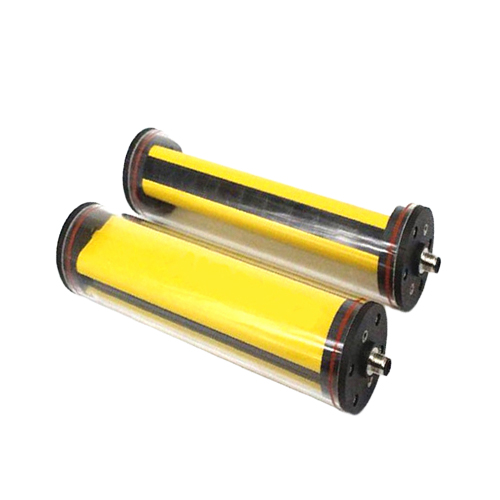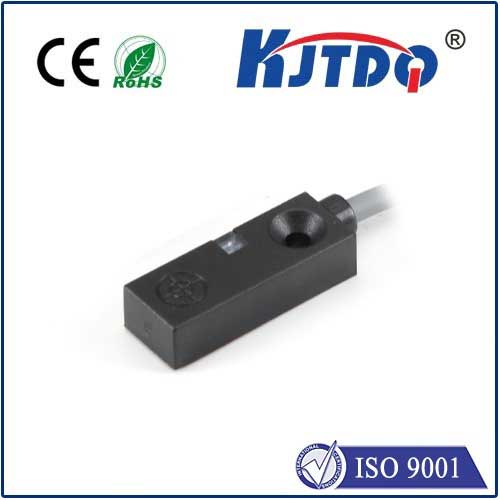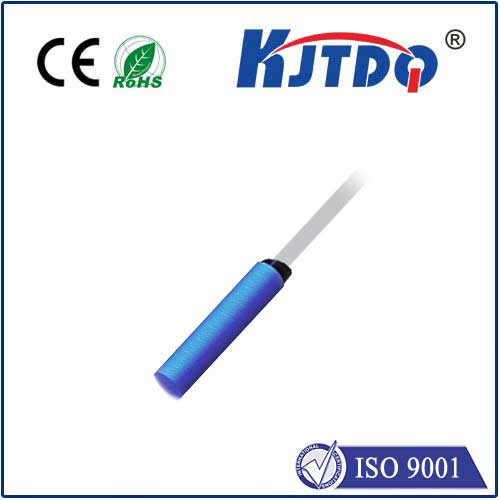hot-sale photoelectric distance-settable sensor un
- time:2025-09-14 02:22:54
- Click:0
Unlock Precision & Flexibility: Why Distance-Settable Photoelectric Sensors Are a Hot Industrial Solution
Forget the days of wrestling with multiple fixed-range sensors or facing costly downtime when production lines shift. Imagine a single detection unit adapting instantly to varying object positions, packaging sizes, or conveyor heights. That’s the unparalleled agility offered by hot-sale photoelectric distance-settable sensors – a technological leap rapidly becoming indispensable in modern automation. These intelligent units are transforming object detection, offering unprecedented flexibility where rigid solutions once held sway.
The Problem: Rigidity in a Dynamic World
Traditional photoelectric sensors – diffuse, retro-reflective, through-beam – have served industries well. However, they typically come with a fixed sensing range determined at manufacturing. While reliable within that specific window, this rigidity becomes a significant limitation when:
- Production Requires Variety: Lines handling multiple product sizes or packaging types constantly need adjustments.
- Fixtures Shift: Conveyors, jigs, or target positions might vary slightly over time or between batches.
- Space is Constrained: Finding the exact fixed-range sensor for a unique tight space can be challenging and costly.
- Precision Demands: Guaranteeing consistent detection at a specific, non-standard distance point requires specialized sensors.
The result? Frequent sensor swaps, complex mechanical adjustments, inventory headaches for numerous sensor models, and ultimately, lost production time and increased operational costs. The market demanded an adaptable solution.
The Hot-Sale Solution: Intelligence in Sensing

Enter the photoelectric distance-settable sensor. This category, particularly diffuse sensors with background suppression (BGS) or diffuse sensors with foreground suppression (FGS), incorporates sophisticated technology allowing the user to define the exact operating distance within a broad sensing range. Here’s the breakthrough:
- Internal Calibration: Instead of a single fixed point, the sensor’s emitter/receiver optics and intelligent electronics are designed to evaluate the amount and angle of reflected light.
- Distance-Based Logic: The sensor calculates the actual distance to the target object based on the light pattern received.
- User-Defined Threshold: Crucially, the user can program the precise distance at which the sensor should trigger its output signal. This is the “distance-settable” core feature.
The Power of “Teach-In”: Making Configuration Effortless
The magic behind easy setup is the teach-in function, a hallmark of these versatile sensors. It eliminates complex calculations or manuals:
- Position the Target: Place the specific object you want to detect at the exact desired sensing distance.
- Activate Teach: Press a button (physical or via remote) or send a teach command.
- Sensor Learns: The sensor instantly measures and registers the light intensity/distance profile corresponding only to that position. It essentially learns: “This is the signal strength when the target is where I need it.”
- Operational Precision: Now, the sensor will trigger only when an object reflects light matching the profile it learned – meaning objects at that specific programmed distance. Objects closer or farther won’t cause false triggers (within the sensor’s suppression capabilities).
Why They’re a “Hot-Sale” Phenomenon
The surge in popularity isn’t hype; it’s driven by tangible, powerful benefits making them a go-to solution:
- Ultimate Flexibility & Adaptability: One sensor replaces multiple fixed-range models. Changeover? Simply re-teach the sensor to the new position or object size in seconds. This drastically reduces spare parts inventory.
- Reduced Downtime: Eliminates mechanical adjustments or physical sensor replacement during product changes. Production lines resume faster.
- Enhanced Precision: Guarantees reliable detection exactly where you need it, critical for positioning, quality control gates, or preventing jams in complex machinery.
- Simplified Installation & Commissioning: The teach-in function makes initial setup and subsequent changes incredibly user-friendly, reducing engineering time and potential errors.
- Optimized Performance in Challenging Applications: Excellent in environments with varying reflectivity or where targets pass at inconsistent distances. Foreground Suppression (FGS) variants excel at ignoring close background objects, while Background Suppression (BGS) ignores distant backgrounds. Distance setting refines this further.
- Cost-Effectiveness: While potentially a higher initial cost than basic fixed sensors, the reduction in spares, minimized downtime, and labor savings lead to a significantly lower total cost of ownership.
Where Distance-Settable Sensors Excel (Beyond the Hype)
These aren’t just niche gadgets; they solve real-world problems across diverse sectors:
- Packaging & Filling: Detecting bottles/cans of varying heights on high-speed lines; verifying cap presence at a precise position; ensuring proper case filling level.
- Material Handling: Accurately detecting pallet presence at specific loading/unloading points; verifying box flaps are folded correctly at a set position; detecting items on variable height conveyors.
- Automotive: Precise part positioning within jigs for assembly; verifying component insertion depth; checking gap tolerances.
- Logistics: Detecting packages on inclined chutes or rollers where position fluctuates; ensuring consistent parcel stacking height.
- Electronics Manufacturing: Verifying component placement on PCBs; detecting micro-components at specific pick-and-place stations.
Embracing the Future of Detection
The “hot-sale” status of photoelectric distance-settable sensors is a direct response to industry’s cry for flexibility, precision, and efficiency. By replacing rigid detection with intelligent, programmable range control, these units simplify complex automation tasks, slash downtime, and boost productivity. The simple teach-in function democratizes their power, putting sophisticated detection capabilities into the hands of technicians and engineers without requiring deep expertise. In an era demanding agile manufacturing and smart solutions, the ability to instantly adapt a sensor’s detection point is not just convenient – it’s becoming essential. Investing in these versatile sensors is a strategic move towards a more resilient, responsive, and cost-effective operation. Ensure your systems have the adaptability they need to thrive.






